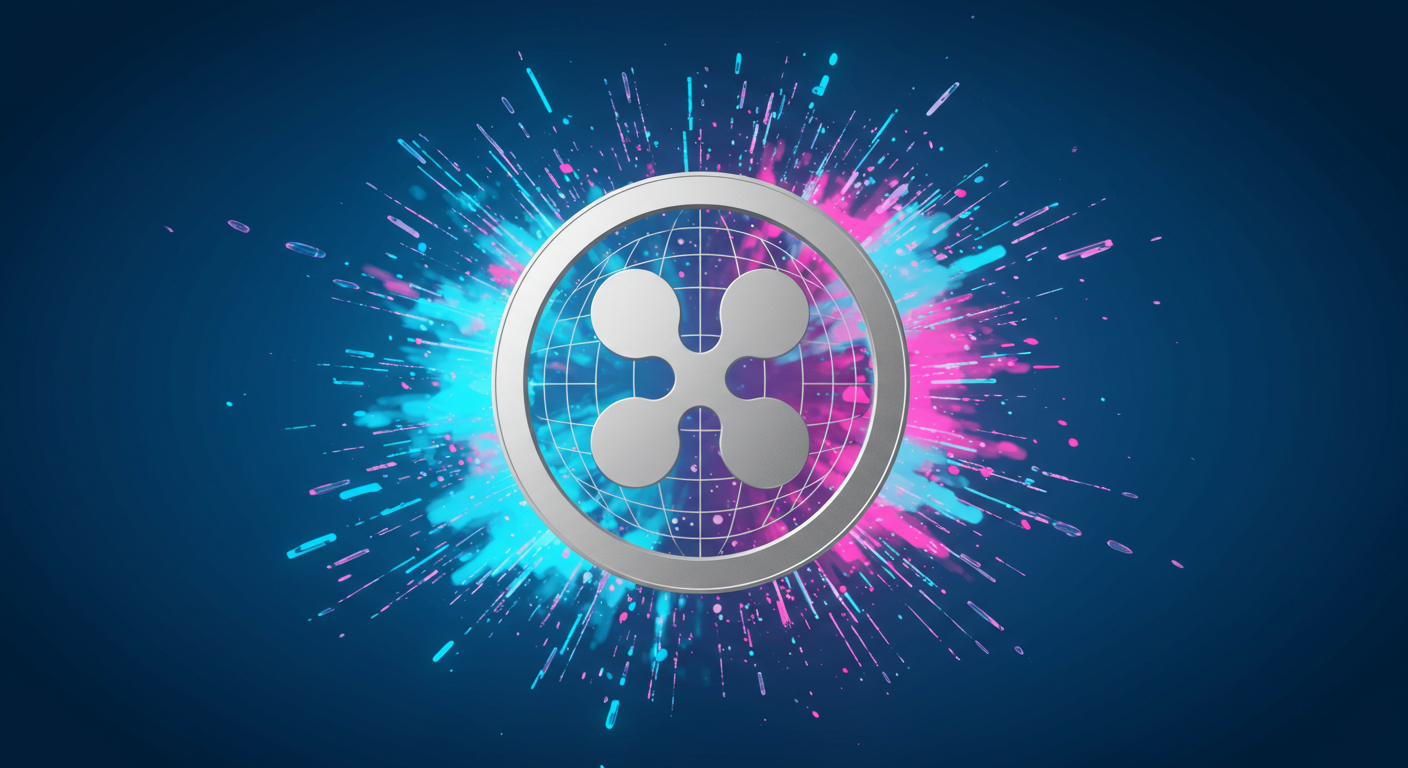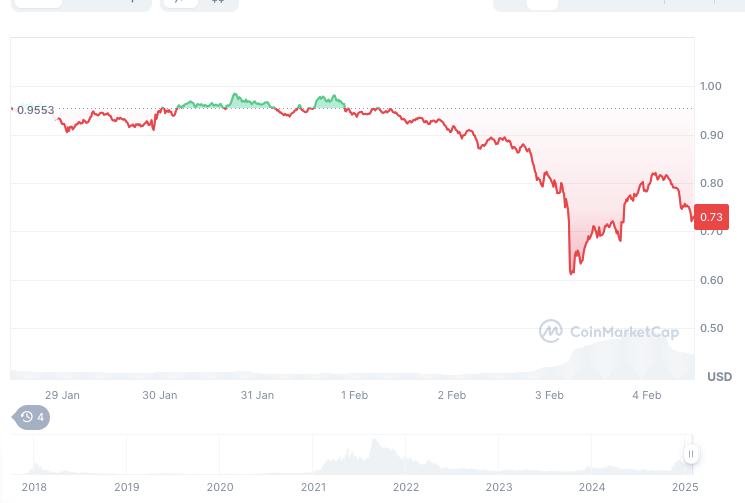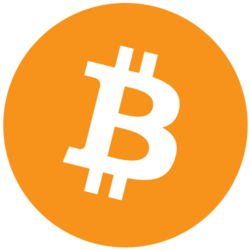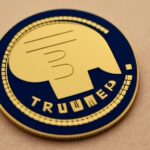As per recent developments, Charles Hoskinson has confirmed plans to introduce RLUSD for Cardano. Ripple executives maintain dialogue with their company, although new negotiation preparations will start in March after Ripple finishes their regulatory agreement with the New York Department of Financial Services (NYDFS). Hoskinson remains undeterred by market fluctuations because he predicts excellent prospects for Cardano in blockchain technology.
- Charles Hoskinson and Ripple Executives Discuss RLUSD Adoption
- Market Performance and Cardano’s Position
- Blockchain’s Role in Government Systems
- Potential for a US Government Bitcoin Reserve
- Conclusion
- FAQs
- What is RLUSD, and why is Cardano considering it?
- Who is Charles Hoskinson discussing RLUSD with?
- Why are RLUSD negotiations delayed until March?
- How could RLUSD benefit Cardano’s ecosystem?
- What impact will RLUSD integration have on the crypto market?
- References
Charles Hoskinson and Ripple Executives Discuss RLUSD Adoption
Hoskinson disclosed that he has discussed RLUSD with Ripple employees Brad Garlinghouse and David Schwartz. Ripple representatives have stated that March will be the right time to proceed because they must first tackle regulatory challenges with the NYDFS. After discussions resume, the strategic period will give Cardano an enhanced position in the stablecoin marketplace.

Introducing RLUSD to Cardano would increase its usage in decentralized financial applications (DeFi). Hoskinson targets establishing Cardano as an essential force in blockchain-based financial solutions through his strategy. Cardano’s approach toward blockchain adoption across different business sectors supports this initiative.
The strategic partnership between Cardano and Ripple holds the potential to establish better cross-chain operations within the cryptocurrency world. Implementing RLUSD would let Cardano attract users who need stable digital transaction solutions. These discussions will produce results that will shape the future of blockchain financial systems.
Market Performance and Cardano’s Position
The broader market volatility has caused Cardano to experience a substantial value decline. Cardano lost 19% of its value during the latest day and recorded a 23% decline since the beginning of the week. Hoskinson acknowledges that Cardano remains strong compared to other major cryptocurrencies despite its recent market decline.

The cryptocurrency market has hit Dogecoin, Solana, and Binance Coin (BNB) the hardest since the same period began. The market shows general weakness, which negatively affects all cryptocurrency assets. Cardano’s continued competitive position demonstrates its potential to succeed in the long run.
Hoskinson explains that Bitcoin market shifts result from excessively optimistic expectations about Bitcoin. In his perspective, the unbridled positive outlook toward political changes has driven excessive market speculation. Despite these challenges, he remains optimistic about the future potential of blockchain technology.
Blockchain’s Role in Government Systems
Hoskinson predicts blockchain technology will evolve to establish itself in core governmental operations. Hoskinson believes blockchain technologies will handle voting purchasing and identity management systems during the next five years. Implementing blockchain technology would strengthen security measures and create more transparency and efficient government operations.
Implementing voting through blockchain technology would fight election fraud and boost democratic process reliability. Secure identity management systems would prevent data breaches and unauthorized access to personal information. The adoption of blockchain for procurement activities and record-keeping functions would erase corrupt practices and operational inefficiencies from government transactions.
The growing adoption of blockchain solutions leads Hoskinson to believe that regulatory systems will develop alongside them. International governments understand the various advantages decentralized technologies offer. Because of this development, blockchain developers will likely establish additional working relationships with public institutions.
Potential for a US Government Bitcoin Reserve
Hoskinson also discussed the possibility of a Bitcoin reserve managed by the US government. He suggested that Cardano could support DeFi solutions within this framework. This could significantly shift the government’s approach to digital assets if implemented.
A national Bitcoin reserve could serve as a hedge against economic instability. Governments could use blockchain-based assets to diversify their financial strategies. Such an initiative could further legitimize the role of cryptocurrencies in mainstream financial systems.
Hoskinson emphasized that integrating DeFi into government finance could increase transparency and efficiency. He believes Cardano’s technology could help build secure and scalable financial solutions, aligning with his vision of establishing blockchain as a cornerstone of global finance.
Conclusion
Hoskinson remains optimistic about Cardano’s future despite market challenges. His discussions with Ripple regarding RLUSD could enhance Cardano’s presence in the stablecoin market. His vision for blockchain in government and finance also demonstrates his long-term commitment to innovation.
The crypto market is volatile, but Cardano’s development efforts remain strong. As regulatory frameworks evolve, blockchain adoption is expected to grow. Cardano could solidify its position as a leader in the evolving blockchain ecosystem if these initiatives materialize.
FAQs
What is RLUSD, and why is Cardano considering it?
RLUSD is a stablecoin, and Cardano plans to integrate it to strengthen its DeFi ecosystem and financial solutions.
Who is Charles Hoskinson discussing RLUSD with?
Hoskinson is in talks with Ripple’s Brad Garlinghouse and David Schwartz about RLUSD integration.
Why are RLUSD negotiations delayed until March?
Ripple advised waiting until March as they finalize regulatory matters with the New York Department of Financial Services (NYDFS).
How could RLUSD benefit Cardano’s ecosystem?
RLUSD could improve Cardano’s stability in DeFi, making it more attractive for financial transactions and blockchain-backed solutions.
What impact will RLUSD integration have on the crypto market?
If successful, RLUSD on Cardano could boost adoption, increase interoperability, and strengthen the stablecoin sector in crypto.



















































































































